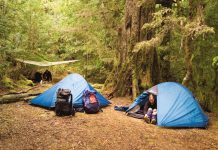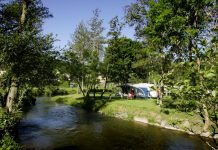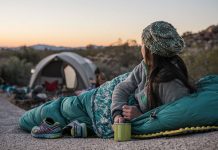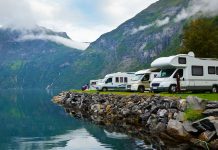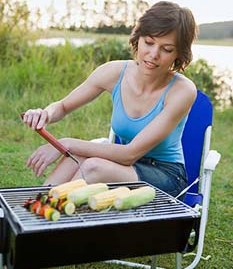 You have plans to go camping and everyone going is in charge of something different, some different aspect of the camping trip.
You have plans to go camping and everyone going is in charge of something different, some different aspect of the camping trip.
You have been delegated the kitchen and cooking aspect of the camping trip.
Don’t fret! We have some great advice to keep your kitchen and cooking experience while camping.
When you first get to the camp site make sure you not only seek out a place to pitch the tents or park the RVs but you also seek out a good place to have your camping kitchen. A good camping kitchen spot would be near a tree that offers shade.
Also ask park rangers or supervisors where you will find ice should you need some. Once you have sought out and claimed your camping kitchen you are one step ahead of the camping game.
Make sure to keep all perishable foods cold. One of the most common mistakes of campers and even advanced and experienced campers is to assume the cooler is cool and assume the food is staying chilled.
Check the coolers often and make sure they are in a shady spot. When you check the coolers also make sure there is enough ice and replenish the ice supply as well.
Dry food storage is much simpler than cold food storage; just keep it out of the way and remember where you put it.
Wash the meal dishes as soon as you are done with the meal. Yes the rest of the group is having a drink and making smores already but if you are in charge of the kitchen and cooking duties you will make things much easier for yourself if you tend to the dishes immediately before they have a chance to start sticking.
Immediately after the meal begin to boil water. Not only is this good for the dishes it is also a good idea to keep the bugs away from your campsite.
Make sure to properly dispose of all extra food and leftovers. Scrape all of the leftover food into a bag and dispose of it in the dumpster or get with the park rangers to find out how to properly dispose of this food.
Do not leave leftover food in your cooler and do not keep it near your campsite. You will just be asking for bugs and animals if you leave it near your camp site.



